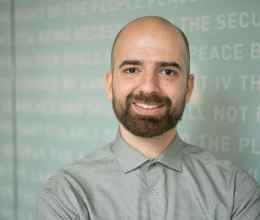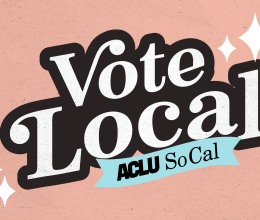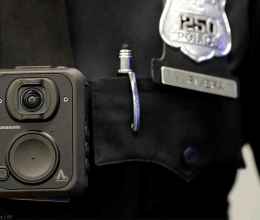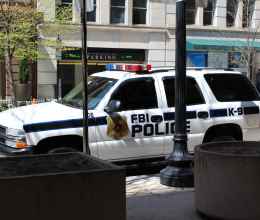
Anaheim Police Department Use of Force Report 2017

From 2003-2016, Anaheim Police Department killed 33 people during the process of arrest. Since 2014, the rate of arrest-related deaths caused by Anaheim PD exceeds that of Los Angeles Police Department, New York Police Department, and San Francisco Police Department, and is 74 percent higher than average for police in California.
December 2017: We’ve updated our report to respond to questions by more thoroughly explaining our methodology and its application to some controversial incidents, and to correct two incidents where we attributed shootings to an officer who was present but did not fire.
Our findings point to the following problems in the Anaheim PD:
• Anaheim PD homicides make up a substantial percentage of all homicides in the city. Between 2003 and 2016, Anaheim PD was responsible for 17 percent of all homicides in the city. In 2009 and 2016, 36 percent of all homicides were at the hands of Anaheim officers.
• Black and Latino Anaheim residents are more likely to be killed by Anaheim PD. Black people make up 3 percent of Anaheim’s population but make up 12 percent of people killed. Latinos make up a little over half of Anaheim’s population, but make up 61 percent of those killed. White people make up 28 percent of the population and 24% of those killed.
• Nearly 40 percent of people killed by Anaheim PD were unarmed. People of color are more likely to be killed while unarmed. 55 percent of Latinos killed by Anaheim PD were unarmed. 25 percent of Black people were killed while unarmed. 12.5 percent of white people killed by Anaheim PD were unarmed.
• 55 percent of Anaheim’s arrest-related deaths involved “repeat offenders” — officers who were also involved in one other death. 18 percent of Anaheim PD’s deaths involved two APD officers, Nick Bennallack and Kevin Flanagan.
To address fatal-use-of force, Anaheim must take action in three areas:
1. Replace the piloted Public Safety Board (PSB). In order for the PSB to provide effective oversight, they must be empowered with broad authority to investigate specific incidents and to examine broader concerns with Anaheim PD policies and practices. The board must be independent and have adequate resources and funding. The board must have legally enforceable, unrestricted access to department records and internal investigations.
2. Reform use-of-force policy. APD must bring the use-of-force policy in line with national best practices and governing law. This includes authorizing only minimal and necessary force, outlining clearer standards to better define imminent threat, limit deadly force, require de-escalation, require intervention when officers use excessive force, require medical assistance to be provided, revise a foot pursuit policy, include any force that may cause death into deadly force policy.
3. Management that promotes consistency and transparency. Anaheim PD must implement an early warning system to track officer use of force and identify repeat shooters. The Department must change officer evaluations to reward officers on community policing practices and ability to avoid force. Anaheim PD must provide public reporting on complaints it received, how it has adjudicated complaints and force investigations, and the discipline it imposes. Anaheim PD must also implement a stronger body camera policy by stipulating that footage must be released promptly, presumptively within 30 days. Anaheim PD should conduct an initial interview of officers before they are permitted to view body camera footage and should ensure body cameras are not used for surveillance of the public.
Related content

Mohammad Tajsar
February 10, 2025
ACLU SoCal 2024 Ballot Guide
September 23, 2024ACLU SoCal | Pro Bono
September 23, 2024
When stopped by an officer
August 27, 2024
When Stopped by Federal Agents
June 10, 2024
Police Decertification in California: How it Works
May 9, 2024
Fighting for our Right to Pride: How L.A.’s First Pride Parade...
June 1, 2023